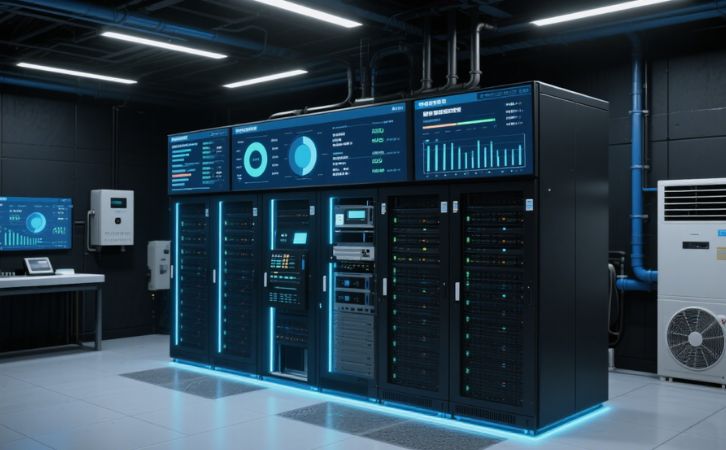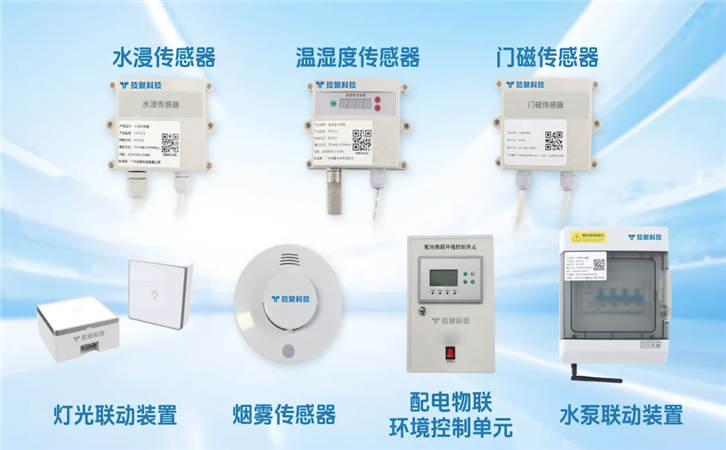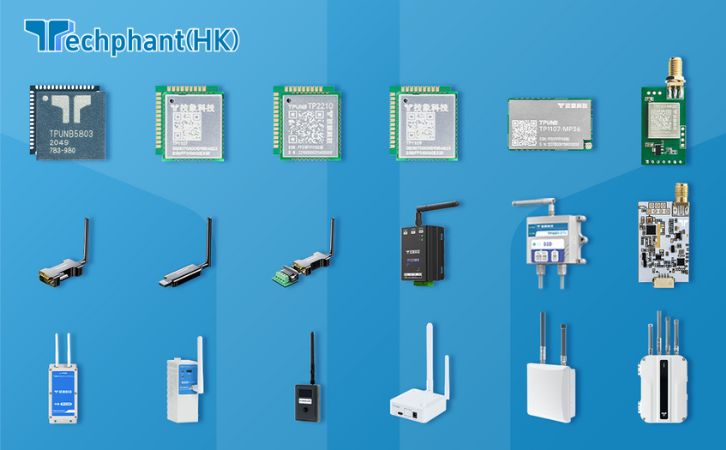Smart buildings prioritize occupant comfort while maintaining energy efficiency, and Heating, Ventilation, and Air Conditioning (HVAC) systems are at the heart of this balance. Smart HVAC control systems, powered by advanced technologies like IoT, AI, and real-time data analytics, dynamically adjust indoor environments to meet occupant needs. These systems ensure optimal temperature, air quality, and humidity, enhancing well-being and productivity. This article explores how smart HVAC control systems improve occupant comfort, detailing their mechanisms, applications, and benefits.
I. The Role of IoT Sensors in Personalized Comfort
Smart HVAC systems rely on Internet of Things (IoT) sensors to monitor and adapt to environmental conditions in real time. Sensors embedded in walls, ducts, or wearable devices collect data on temperature, humidity, CO2 levels, and occupancy patterns. For instance, occupancy sensors detect the presence and number of people in a room, allowing the HVAC system to adjust airflow and temperature accordingly. In a smart office, this can prevent overcooling empty meeting rooms, enhancing comfort while saving energy.
Advanced systems integrate wearable tech, such as smart badges, to track individual preferences. For example, if an employee prefers a cooler workspace, the system can adjust localized air vents near their desk. A 2023 study by the American Society of Heating, Refrigerating and Air-Conditioning Engineers (ASHRAE) found that personalized HVAC controls improved occupant satisfaction by 20% in commercial buildings. By creating microclimates tailored to individual needs, IoT-enabled HVAC systems elevate comfort beyond traditional one-size-fits-all approaches.
II. AI-Driven Optimization for Dynamic Climate Control
Artificial Intelligence (AI) enhances smart HVAC systems by analyzing sensor data to predict and optimize indoor conditions. Machine learning algorithms process historical and real-time data to anticipate changes in occupancy or weather, adjusting HVAC settings proactively. For instance, in a smart retail space, AI can increase ventilation during peak shopping hours to maintain air quality, ensuring a comfortable experience for customers.
AI also enables demand-driven climate control. In a case study of a smart hospital in Singapore, AI-driven HVAC systems reduced temperature fluctuations by 15% by predicting patient room occupancy patterns, as reported by the Building and Construction Authority. Deep learning models further refine performance by learning from occupant feedback, such as manual thermostat adjustments, to fine-tune settings over time. This dynamic adaptability ensures consistent comfort, even in spaces with varying usage patterns, while minimizing energy waste.
III. Indoor Air Quality and Health Benefits
Beyond temperature, smart HVAC systems prioritize indoor air quality (IAQ), a critical factor in occupant comfort and health. IoT sensors monitor CO2, volatile organic compounds (VOCs), and particulate matter, enabling real-time adjustments to ventilation rates. For example, in a smart school, increased CO2 levels in a classroom trigger higher fresh air intake to reduce stuffiness and improve student focus. A 2024 World Health Organization report noted that improved IAQ in smart buildings reduced respiratory complaints by 10-15%.
Smart HVAC systems also integrate air purification technologies, such as UV-C filters or electrostatic precipitators, to remove pathogens and allergens. During flu season, these systems can ramp up filtration to protect occupants. Additionally, humidity control prevents mold growth and maintains skin comfort, particularly in tropical climates. By addressing IAQ holistically, smart HVAC systems create healthier, more comfortable indoor environments.
IV. Challenges and Solutions in Smart HVAC Implementation
Implementing smart HVAC control systems presents challenges that require strategic solutions. High upfront costs for IoT sensors, AI platforms, and system integration can deter adoption, especially in smaller buildings. However, declining sensor costs—down 30% since 2017, per industry data—and modular retrofit solutions are making these systems more accessible. Retrofitting older HVAC units with smart controls is another hurdle due to compatibility issues. Wireless IoT devices and universal protocols like BACnet address this by enabling seamless integration.
Cybersecurity risks arise from networked HVAC systems, as hackers could manipulate controls or access data. Robust encryption, such as MQTT with TLS, and regular firmware updates mitigate these risks. Occupant resistance to automated systems, due to perceived loss of control, can also occur. User-friendly interfaces, like mobile apps for manual overrides, help address this. By overcoming these challenges, smart HVAC systems can deliver consistent comfort across diverse building types.
Conclusion
Smart HVAC control systems are transforming occupant comfort by leveraging IoT sensors, AI, and advanced air quality management. These systems personalize indoor environments, adapt to dynamic conditions, and promote health, all while optimizing energy use. Despite challenges like costs and cybersecurity, technological advancements and scalable solutions are driving wider adoption. As smart buildings evolve, HVAC systems will remain central to creating comfortable, healthy, and sustainable spaces, enhancing the quality of life for occupants in urban environments.



